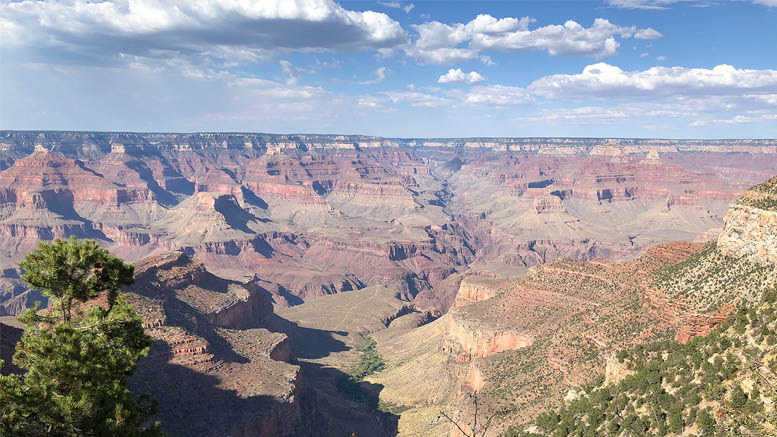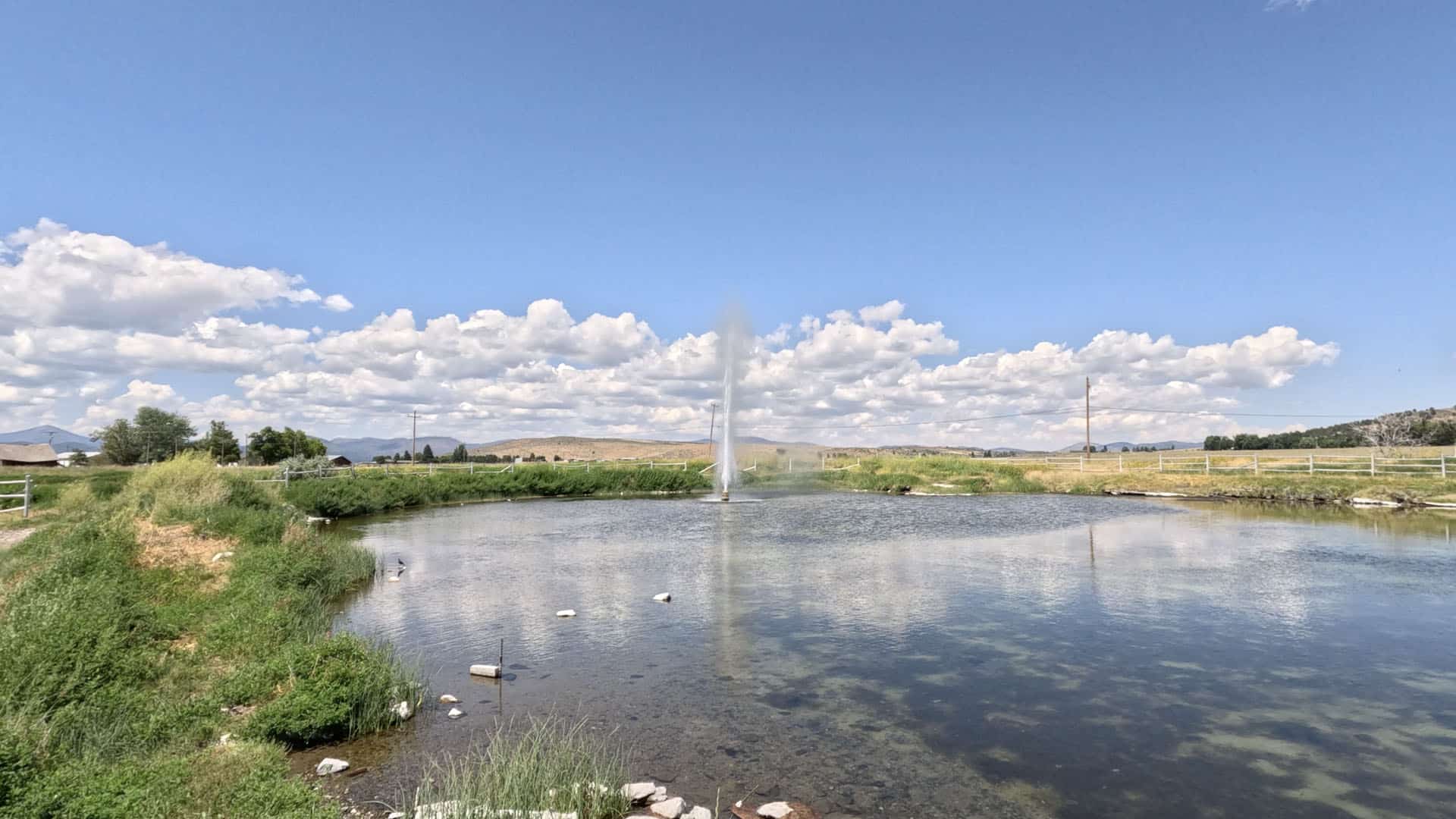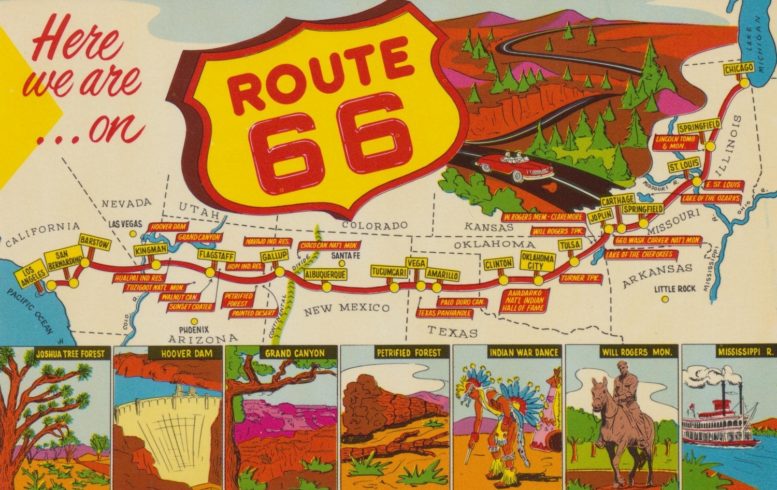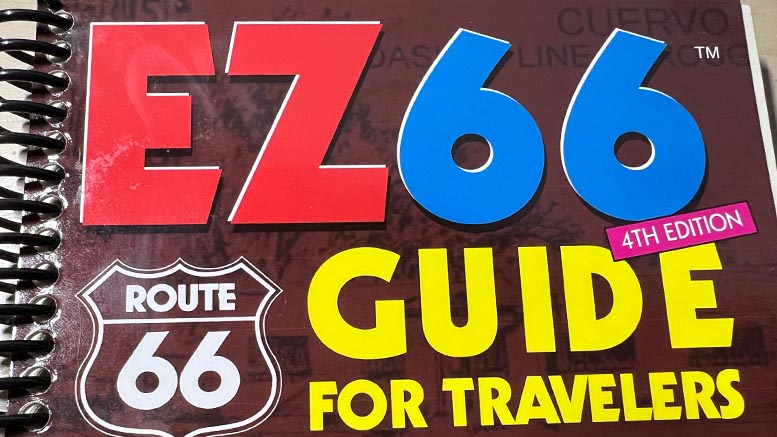Arizona is known for the Grand Canyon. But the gorgeous state also has snow-capped mountains, ponderosa pine forests, whitewater rivers, and relaxing lakes. The cities and towns are full of history, fine dining, luxury spars, and host many festivals. However, the desert can get very hot and extremely cold. So, what time of the year is best to visit the copper state?
The best time to visit Arizona is September – May. Summer can be difficult due to the intense heat unless you visit for water sports. However, the northern rim facilities of The Grand Canyon are only open from May to mid-October. Also, Sedona is one of Arizona’s cooler summer destinations.
Spring and autumn are Arizona’s most popular times for tourists. This is because people miss the rain and the monsoon. However, the prices will reflect the popularity. Those looking for inexpensive flights will find August the best. Luxury spas also have their greatest deals during the hottest months of June-August.
When To Visit Arizona
When planning a trip to Arizona, it is best to know where you are going and what you want to do. February and March are Arizona’s best times for skiing, but if your heart is set on rafting the Grand Canyon, you need to visit between April and October.
Also, elevation matters when it comes to heat. While Phoenix and Tucson have similar seasons, Tucson will be slightly cooler due to being higher.
Thus, we are going to walk you through the best times to visit Phoenix, Tucson, Sedona, Lake Havasu, and the Grand Canyon.
Best Time Of Year To Visit Phoenix

Phoenix, Arizona, is the home of over 1.6 million people. The Valley of the Sun has an average of 296 days of sunshine each year. December – May are when people flock to the city the most. These are known as “peak season” and have the most temperate climates, in the mid-70s (23-24 C) during the day, cool evenings, and little rain.
The hottest months in the state, in order, are July, August, and June. Even at night, it will rarely drop below 84 F (29) during these months. These are also the months of monsoon where flash flooding can occur, starting in mid-June and ending in September. While these months are less ideal weather-wise, they are also the most affordable.
Annual Festivals In Phoenix
Phoenix and the city’s greater area are well known for their festivals and events. They host everything from Native American events, to culinary celebrations, rodeos, and cultural festivities. There are things to do, no matter the season. The trick is deciding which you want to attend the most, as there is so much to do.
Below is a modest selection of festivals and events each season.
December–February Festivals & Events In Phoenix
- Arabian Horse ShowArizona National Livestock & Horse Show
- Barrett-Jackson Collector Car Auction
- Fantasy of Lights Boat Parade
- Las Noches De Las Luminarias
- Lost Dutchman Days Rodeo
- Phoenix Open
- Thunderbird Artists Fine Art & Wine Festivals
March-May Festivals & Events In Phoenix
- Arizona Taco Festival
- Art Detour
- Country Thunder
- Desert Caballeros Horse Ride
- M3F (McDowell Mountain Music Festival)
- Ostrich Festival
- Phoenix Pride
June-August Festivals & Events In Phoenix
- Grand Canyon State Games
- Lori Piestewa National Native American Games
- Mighty Mud Mania
September-November Festivals & Events In Phoenix
Outdoors In And Around Phoenix
Phoenix is a city for those that love the great outdoors. For example, Camelback Mountain is only 20 minutes from downtown. There is also South Mountain Park and Preserve, with over 16,000 acres to explore. Near the airport is Papago Park with the famous Hole-in-the-Rock Trail. There are also many lakes in the surrounding area.
Hiking, mountain biking, and horse riding around Phoenix are generally suited outside of the hottest months. People need to be especially careful when tackling Camelback Mountain. Its trails are challenging and require people to be fit. While it is technically open year-round, the mountain is closed from 11 a.m. to 5 p.m. on scorching days.
While water is considered an excellent way to cool off, it is also a reflective surface. Thus, one does need to take care not to get burnt. On most blistering days, it is recommended to keep activities in the mornings and after 5 p.m, too.
Best Time Of Year To Visit Tucson

Tucson, Arizona, is home to around half a million residents. The area is known for its championship golf courses, spas, guest ranches, and horseback riding. In addition, it is full of museums, galleries, and has a vibrant art scene. Thus, there is always something to enjoy in Tucson, but no doubt about it, the summers are scorching.
Thus, visitors aim to visit Tucson in April, May, September, and October. These months are cool enough to enjoy the outdoors without the chilly nights. It is an excellent time to explore the caves, go rock climbing, take a hike, or hit the trails on your mountain bike.
Even so, the snowbirds flock to Tucson in November, fleeing the colder parts of the United States. This does mean that winter isn’t an excellent time to obtain cheap deals. But they do have plenty to do, including ice skating, La Fiesta de los Vaqueros Tucson Rodeo, and the stunning Holiday Nights at Tohono Chul.
April and May are the sweet spots for good temperatures and fewer people. Visitors can catch the Tucson Folk Festival, Arizona International Film Festival, and the Fiesta de Garibaldi. However, watch out for the University of Arizona’s commencement weekend when hotel rooms get booked well in advance and the city is crowded.
If you come in early September, you might be able to snag some deals that have hungover from the summer. Autumn is lovely, but again, the snowbirds start to fly. Still, they have their Pride Festival and Tucson Meet Yourself Folklife Festival to enjoy this time of year.
Best Time Of Year To Visit Sedona

Sedona, Arizona, is home to over 10,000 folks. The Red-Rock country is near canyons, pine forests, and has a vibrant arts community. In addition, it is popular with hikers, bird-watchers, mountain bikers, and picnickers, thanks to being next to Red Rock State Park.
Sedona is known for fabulous weather from March to May. The desert flowers are in bloom, and temperatures range from the mid-60s to the low 80s (16.5 – 27.5 C). Consequently, this is when the majority of visitors come, and the prices are the highest.
Thus, it is often recommended to come for autumn, between September and November. Activities such as hot-air balloon rides, helicopter tours, and Jeep tours are all still available, and the crowds are not as substantial. It is also a lovely time of year to explore Horseshoe Bend and Jerome, once the “wickedest town in the west.”
Winter in Sedona has the least tourists but the coldest weather. Temperatures in the day are often in the 50s F (10 C), but they will drop to below freezing at night. There is some snow, but it’s mostly a picturesque dusting over the red rocks and melts in the heat of the day.
However, there are great bargains. Also, there are some lovely events in winter. For example, the Verde Canyon Railroad puts on a festive Santa Claus ride. There is also the nearby Snowbowl where you can get some skiing in, and children can do some tubing on some mild hills. Another special winter event is the Festival of Lights.
The end of winter can also be nice to do the more taxing athletic pursuits. Thus, RunSedona takes place in early February of each year. Folks can take part in a 5K, 10K, or half marathon. BibRave has named the latter two events as a Top 100 race.
Best Time Of Year To Visit Lake Havasu
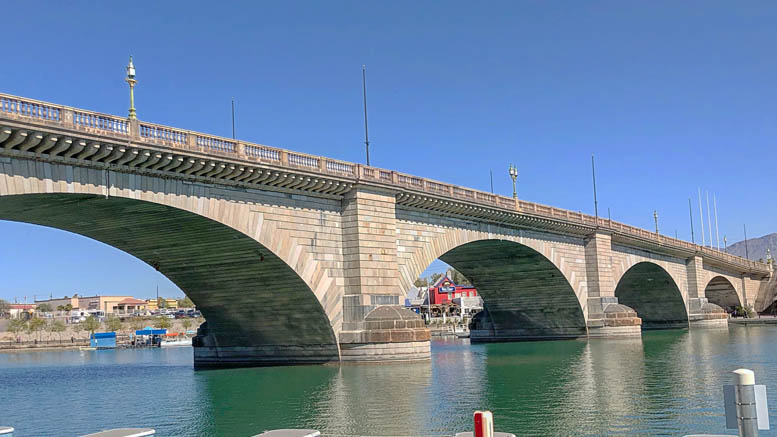
Lake Havasu is a city of around 50,000 people and is often considered “Arizona’s Playground.” It is also the owner of a former London Bridge, built in the 1830s, that once spanned the Thames River. It was purchased in 1968, and its granite blocks were shipped over.
The Colorado River’s Parker Dam formed the lake. It has created a beachfront resort in the desert. People flock to the area for fishing, boating, and other water activities. However, even with the water, summer can be a bit much in this place. The temperatures can fly over 100 F (38C); thus, most enjoy coming to the area between autumn and spring.
December is typically the coldest month, with 65-degree days (18 C) and 43-degree nights (6 C). November and January, the two other coolest months, have days averaging between 71-74 (21 – 23.3 C) and nights of 47-50 (8.3-10 C). These might not be warm enough for sunbathing and swimming. But it is perfect for hiking, mountain biking, and kayaking.
If you enjoy the party scene, Spring Break is when to arrive in Lake Havasu. June is when you can get the best deals, but you better do your outdoor adventuring early, such as 4 a.m. Thus, November, January, and February are probably your best balance between reasonable temperatures and fewer people.
That said, the Havasu Balloon Festival in late January does bring in the crowds. But it is such a gorgeous and fun event; you’ll be glad you came.
Best Time Of Year To Visit The Grand Canyon
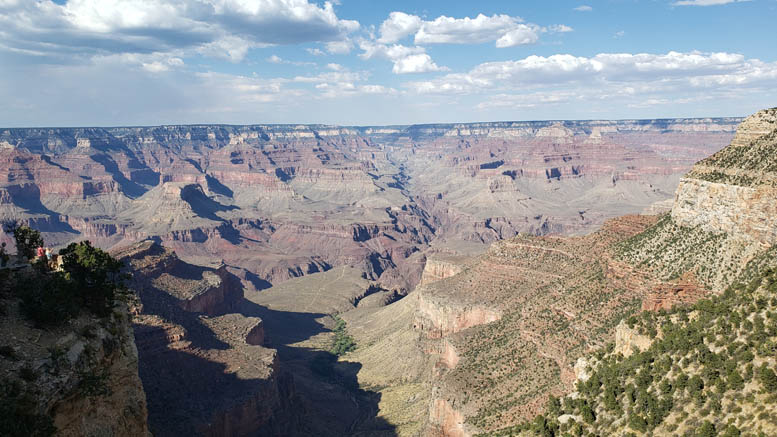
The Grand Canyon National Park is spread over 277 miles and can reach a mile deep. People from all over gravitate to the 18-mile wide gap in the Earth’s crust to take in the views, try the Skywalk, hike, camp, and take part in an adrenaline-pumping whitewater rafting trip.
The canyon is broken up into three main sections: North Rim, South Rim, and West Rim. Due to the school holidays, all three are flooded with visitors in July and August. Unfortunately, these are also the hottest months and can make for a trying experience. The best weather is experienced between April through June. While this is a popular time, the crowds are still less than the surge of July and August.
However, you’ll find the best prices from November-February, as it is when the canyon receives its fewest visitors. The drawbacks to coming then are that the North Rim is closed over winter. Also, there is no rafting during this period.
Visiting The South Rim Of The Grand Canyon
The Grand Cayon’s South Rim is host to the historic village that is connected by the Grand Canyon Railway. Due to these attractions, it is the most visited section of the park. While open year-round, autumn is the best time of year to visit if you want to still have some decent weather but not be overwhelmed with the crowds.
However, even September can have some freezing temperatures. Thus, warm clothes will be necessary for the nights and some days.
Visiting The North Rim Of The Grand Canyon
The North Rim is the park’s more isolated section. Nonetheless, the crowds find it in late spring and early summer. But if you are visiting the North Rim during peak season, the North Rim will be a much more pleasant experience than the South.
This is a much cooler section of the canyon, so it is only open between May and October. September and October will be the quietest months and the chilliest, along with early May. There are some cross-country skiing and backcountry camping opportunities for die-hards, but all amenities will be closed.
Visiting The West Rim Of The Grand Canyon
The West Rim is run by the Hualapai Tribe, hosts the Skywalk, and has zipline, helicopter rides, and river tours. This part of the canyon is always open, and winter has the least crowds. However, some opportunities will not be open during the coldest months, such as the river tours.
Those that are planning to visit during peak season need to plan well in advance and arrive early. Otherwise, it will be impossible to take part in certain activities.

